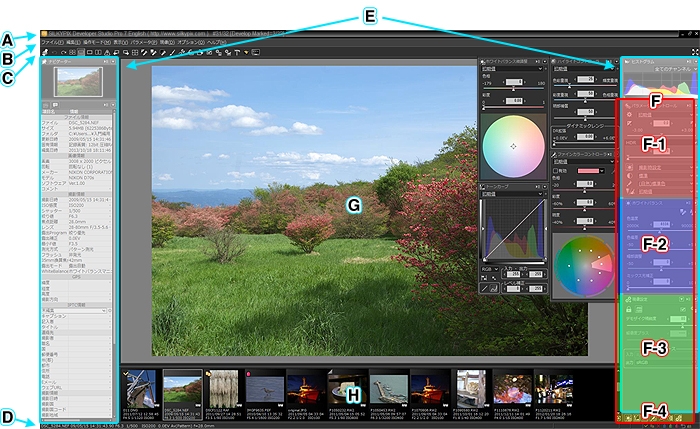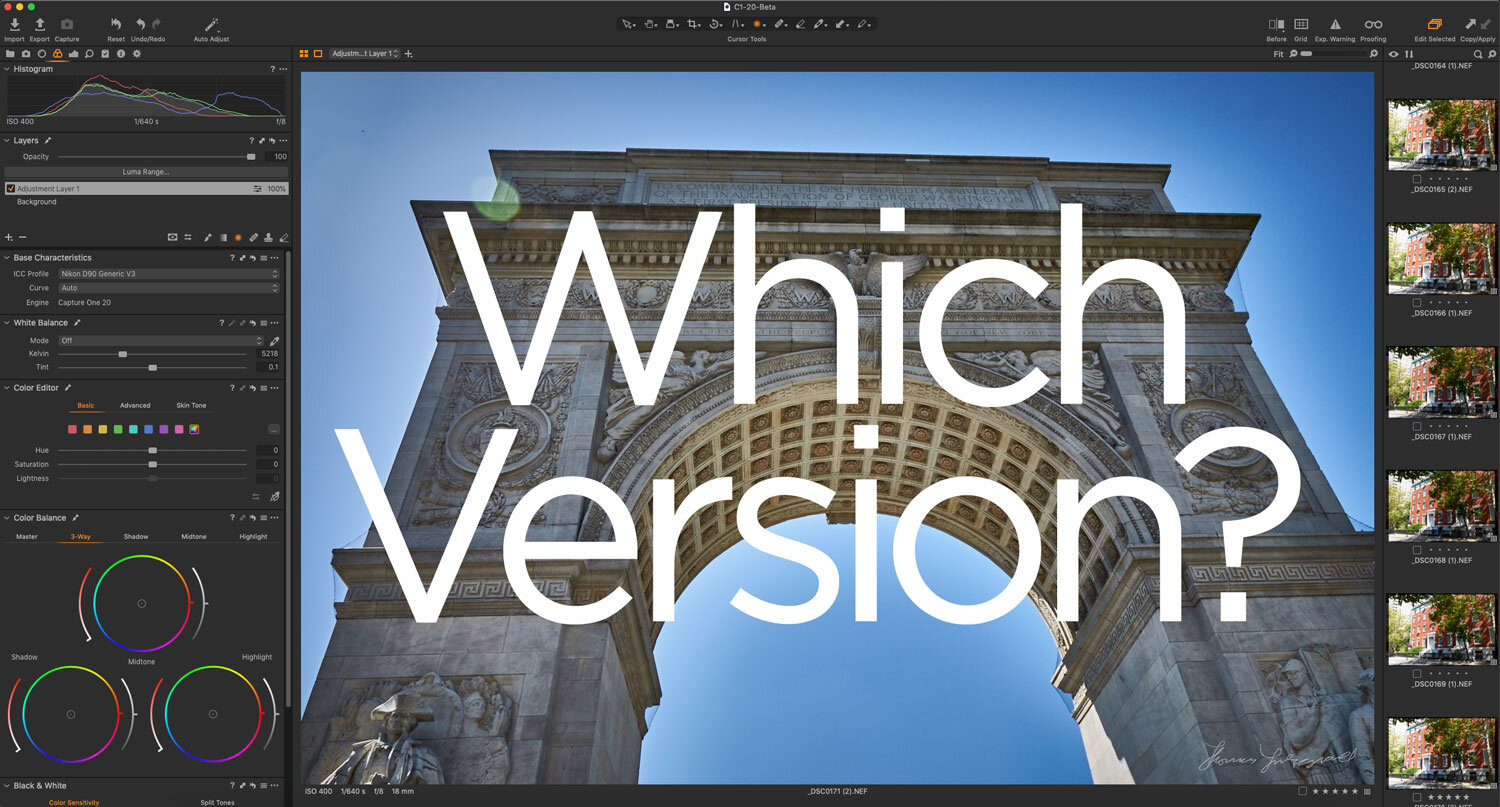
Lightroom and Capture One process RAW images in different ways. You can easily scroll through the list and pick your desired image. When you import your photos, they’ll end up on the right side of the screen. If you often work with thousands of pictures, you’re likely to find this tool very handy.Ĭapture One doesn’t have the same cataloguing tools, but you can still use it to find images quickly. This is another feature that can make it easy to look for photos. You can also edit keywords and metadata to search for specific photos easily.Īdditionally, Lightroom offers advanced facial recognition. You can import thousands of photos that Lightroom will organise for you. I do love the extra options PL-4 gives on their control points - if the PL-4 developers could match the CNX2 selection performance (and get better at matching Nikon's colours), and add the other CNX2 masking tools (please don't talk to me about 'negative control points'), they would have the best of all worlds.Lightroom is well known for its cataloguing and organising features. And the icing on the cake is the ability to combine the control points with the other masking tools - linear gradient, brush, etc - why have none of the more recent programs picked up on this? I have tried sticking to Studio NX, but although the control points are an improvement on their NX-D (and PL-4) implementations, CNX2 just seems to nail the areas I want more effectively.

the Deep prime NR) and then export to CNX2. I use Capture NX-D or Studio NX to open the files (or PL-4 if there is a specific tool I need, e.g. Things have gotten more complicated with my D850 and Z7ii. The D500 was slightly more awkward, but raw2nef made it possible. Must admit, I've been hooked on Capture NX2 since I acquired it with a D300. Google kept Snapbridge and sold the Color Efex suite - which had not been updated in 4 years - to Dx0. Google did nothing with development of Nik Color Efex and after a year under contract, the developers and other staff all went elsewhere (the lead developer is at Adobe).

At the time, Google was getting ready for a major push with Google +. Meanwhile Nik was sold to Google for the value of Snapbridge. But Nikon did not want to invest in a major rewrite of the Capture NX2 to support future development, did nothing for a few years, and then licensed a version of Silky Pix as Capture NX-D. Everything in Capture NX2 is owned by Nikon and available for future use.

They were a partial owner of Nik at the time, and retain that ownership right. Nikon does own the rights to Control Points. One of my favorite features was the ability to use Color Efex and other Nik plugins layers applied locally - all in the non-destructive NEF file.

Studio NX does have control points for selective edits, but in the 1.0 release it does not have the other local adjustment features.
#Capture one pro 12 vs silkypix software
I am totally happy with the software I am using today and teh improvements coming with the latest updates are promissing, especially because I have seen improvements in the interpretation of native NEF file information already. Knowing the history of the Nikon software loosing the capability of selective processing when going from Capture NX2 to NX-D, I have put in doubt that a new (free) Nikon software would feature this capability again and that - considering the market situation - they will come back with licensed software package that has to be payed for. that said, I still use the Nikon software - now NX Studio - to do checks on my NEFs that are not shown by other software, like some detailed camera settings or the active focus point during capture. NX Studio does not feature selective processing based on masks or anything like that, so this is something to keep in mind and was one of the reasons to move to a third party program - DxO PL4. The main thing is that it's working based on native NEFs and is thus able to interprete ALL the information in thses files correctly, something that NONE of the third party software is able today.
#Capture one pro 12 vs silkypix plus
It has everything that the old sister pair View NX-i and Capture NX-D plus a few functions extra, e.g. As I am a confessing Adobe-ophobic I can't tell about LR and PS, but I checked on NX Studio.


 0 kommentar(er)
0 kommentar(er)
